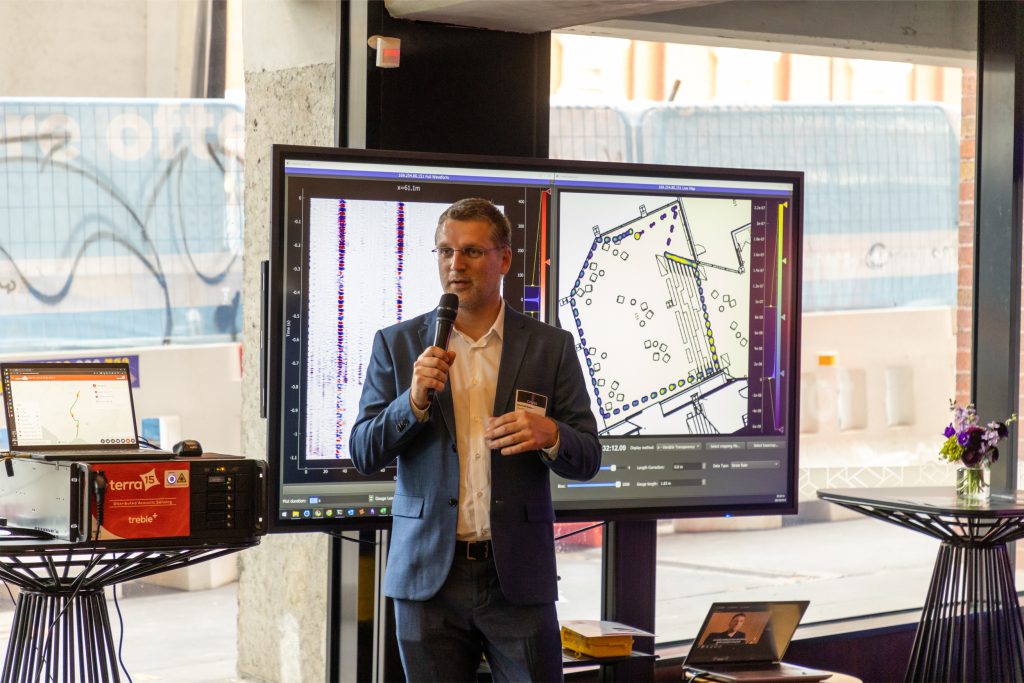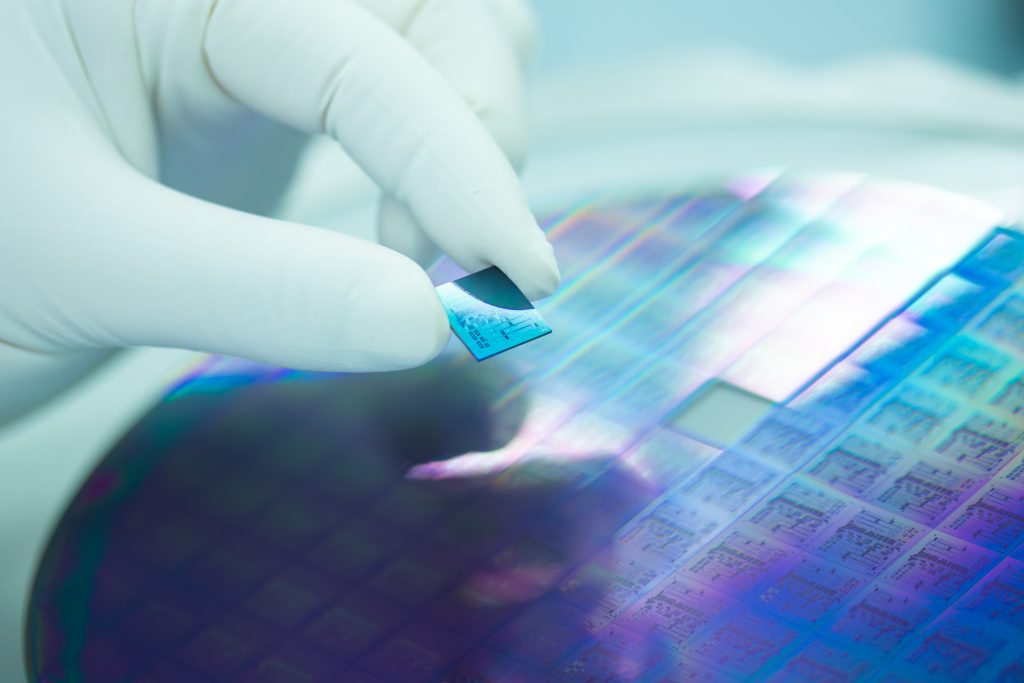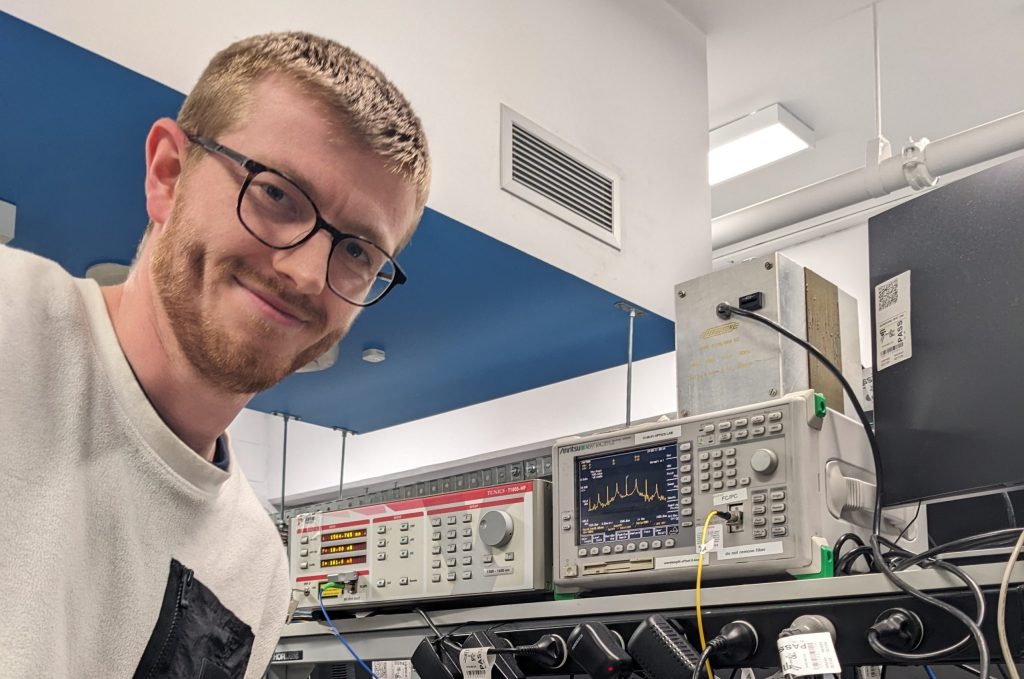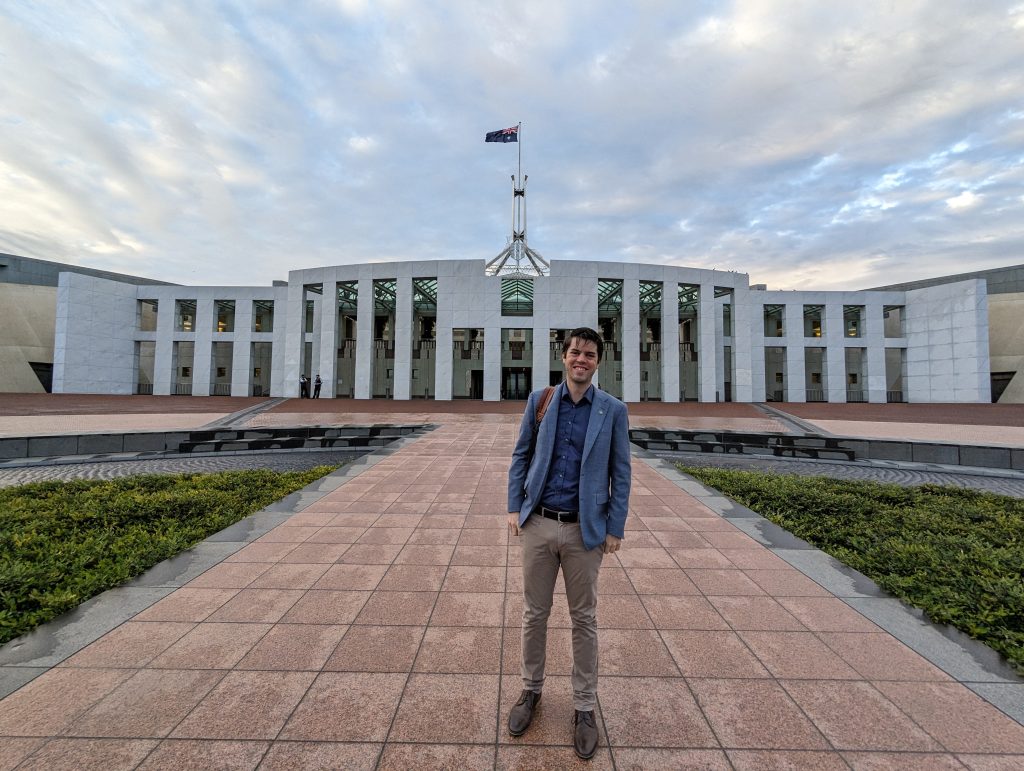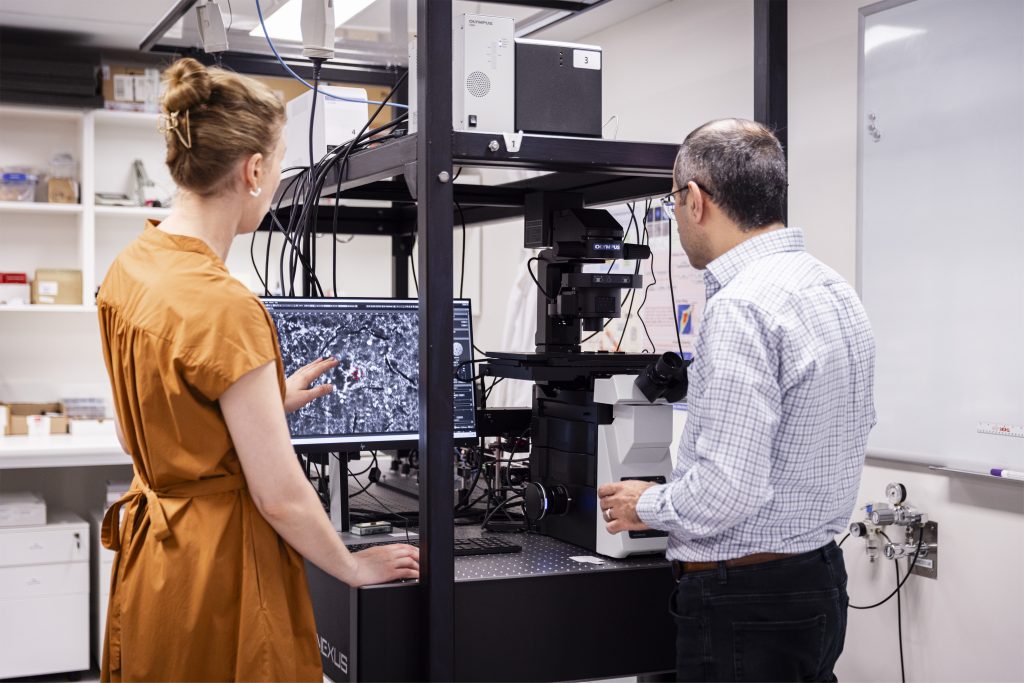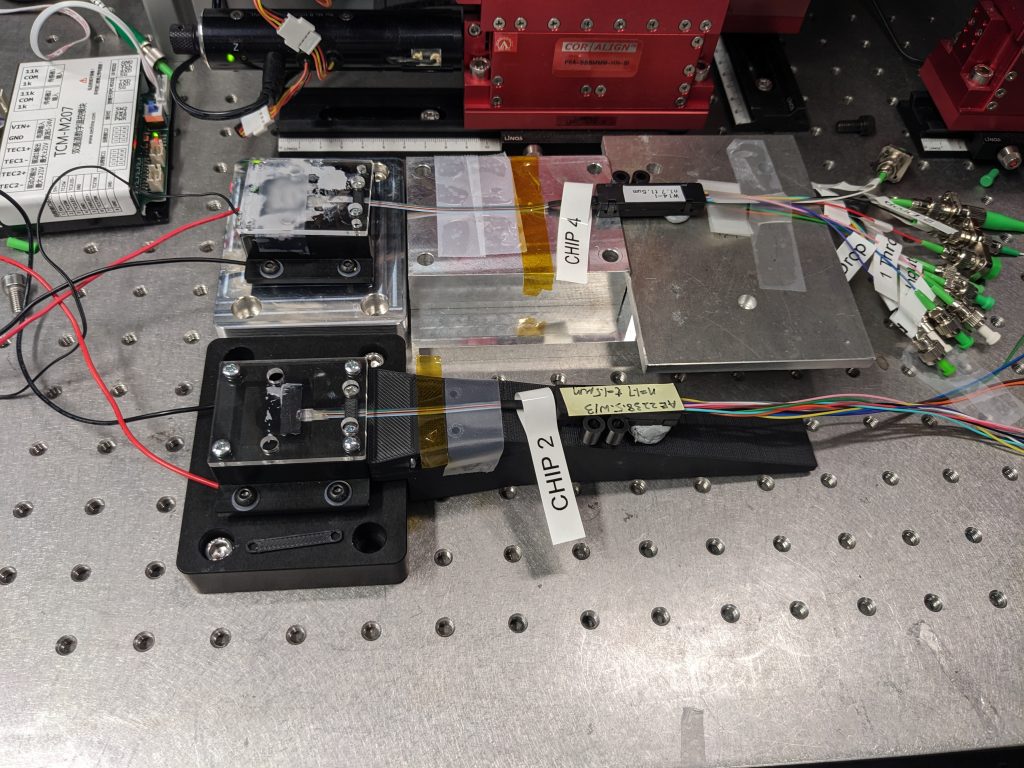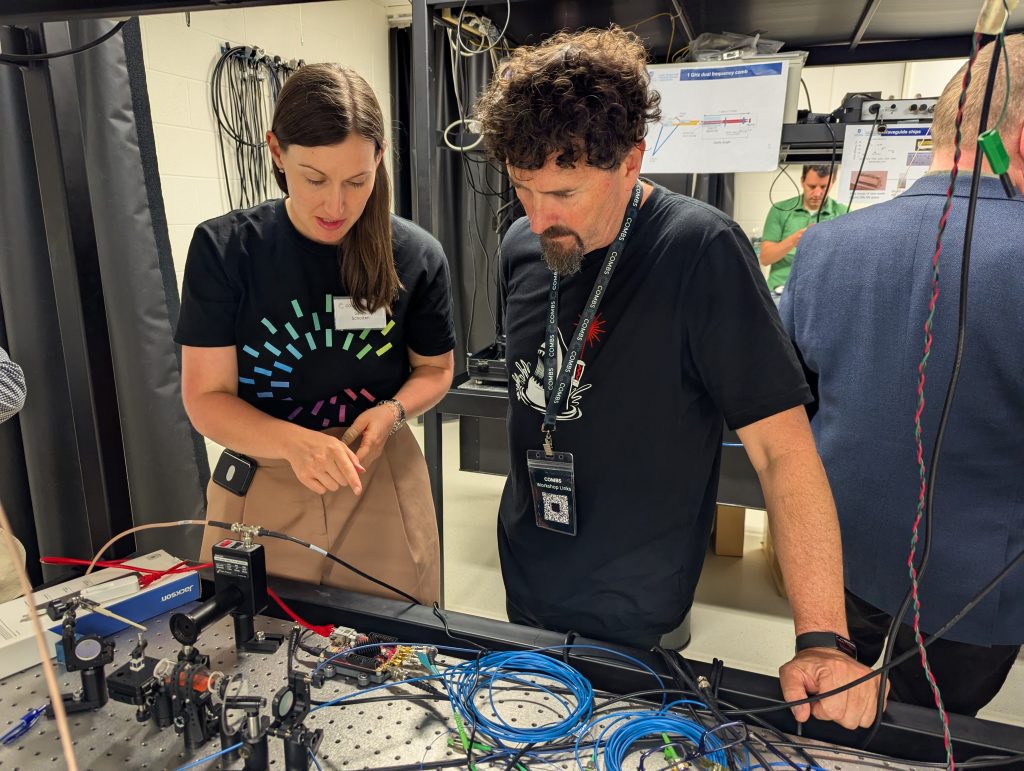Case Studies
Our team at the ARC Centre of Excellence in Optical Microcombs for Breakthrough Science is working on a variety of projects spanning fundamental physics, astronomy, sensing and measurement, information and intelligence, and spectroscopy and microscopy. Read more about our projects below.
Our case studies
Uncovering what lies beneath our cities – all with our internet’s optical fibres
From ensuring our homes don’t crack to keeping our skyscrapers standing tall – understanding our city’s bedrock is foundational. Our researchers are repurposing the optical fibres already buried beneath Melbourne to map what lies beneath – all without digging a single hole.
Predicting the unpredictable: Investing in science and technology for the next decade
From discovering Earth-like planets to revolutionising medical imaging for earlier diagnostics – we are aiming for high-impact outcomes at COMBS. A key step in achieving this is bridging the gap between researchers and end-users to align our research with society’s biggest future challenges.
Securing our supply chain: Designing for scale up from day one
Disrupted chip supply chains – exposed during COVID-19 – and slow iteration cycles significantly slow research progress in Australia. The COMBS Infrastructure Committee is working to secure diverse fabrication pathways and future-proof microcomb scalability, aiming to make them as accessible as consumer electronics.
Helping astronomical observatories never miss a night’s sky
By bringing together laser physicists and astronomers – two fields that rarely intersect – our team is developing more robust and accessible measurement equipment to ensure astronomical observatories never miss a night’s sky.
Building trust between scientists and policymakers for evidence-based decision making
As a researcher, how do you help politicians create good policy, make good decisions and invest effectively in the future of our nation? At COMBS, we’re equipping our members with the skills to become trusted advisors, guiding evidence-based policies for all Australians.
Imaging the mechanics of triple-negative breast cancer to advance treatment discovery
In a project bringing together an imaging specialist and biomedical expert, COMBS researchers have used new imaging techniques that reveal – in unprecedented detail – what is fueling the aggressive spread of triple-negative breast cancer cells.
The microcomb could transform industries – but only if more people can use them
Our microcombs have already shown revolutionary outputs for information and intelligence and led to record-breaking internet speeds on a single optical chip. At COMBS we see even greater potential – but only if more people could use them.
Towards an Australian GPS solution: Precise timekeeping and measurement in a thumbnail-sized piece of glass
What would happen if the USA-based GPS were switched off? At COMBS, we’re developing smaller, tougher atomic clocks for compact, cost-effective Australian satellites.
Observing the tiny wobble of a star more accurately to find earth-like planets
Making the world’s most accurate colour ruler smaller and more robust will bring us one step closer to finding habitable planets like our Earth.
Measuring our greenhouse gases more rapidly and accurately
Our team aims to miniaturise the current bulky gas sensing equipment and use it in remote areas like Australia’s outback.
Connecting internet superhighways to keep up with data demands
A team of researchers from Monash, RMIT, University of Adelaide and the Beijing University of Posts and Telecommunications have created a fingernail-sized chip to more efficiently route our internet’s data to its destination.
More accurately mapping Australia’s earthquake-prone areas using our internet’s optical fibres
Using the same underground optical fibres that transmit our internet, researchers think they will be able to measure our Earth’s tremors more accurately than ever before.
